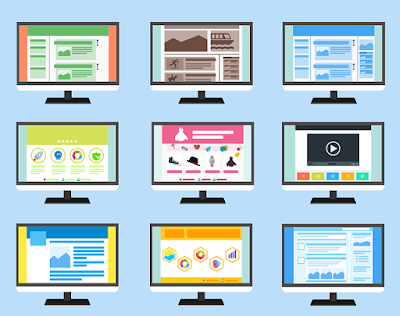Accessible Websites Are Good for All Users
I just finished a one-year project building online courses for a new virtual college program. During this collaborative course development with faculty, we had requirements to adhere to the Federal Regulation definition for ADA and Section 508. We used the Quality Matters rubric standards which include accessibility requirements. We also followed the principles of Universal Design of Learning (UDL).
I suspect that many academic websites and online courses actually pay closer attention to accessibility than many mainstream websites. It is obvious that the Internet is important in our daily lives, and in many cases, it is even more important to people who are blind, visually impaired or handicapped in other ways. Many people rely on online for their news, sports, weather, financial transactions, travel plans and connections with friends via social media.
At one time, good accessibility design might have required not using some fancy designs or even creating alternative web pages or sites, but that's not really true now. The design work that makes web pages accessible generally makes the pages a better experience for any user.
People with slower Internet connections, those using devices such as cell phones or tablets that have smaller screens. and even people with mild vision problems (such as from old age) benefit from accessible design.
The www.afb.org website has many resources. But the most used resource available is the website of the Web Access Initiative (WAI), part of the World Wide Web Consortium. There you'll find guidelines for making web pages along with explanations, techniques. and content guidelines.
You will also find web accessibility information on the AFB website about:
- visually impaired user's technology, and how it affects your design
- important guidelines for improving your website
- tips and tricks for web developers
- how to design accessible web forms
- how to make your blog accessible
- resources on web accessibility


Comments